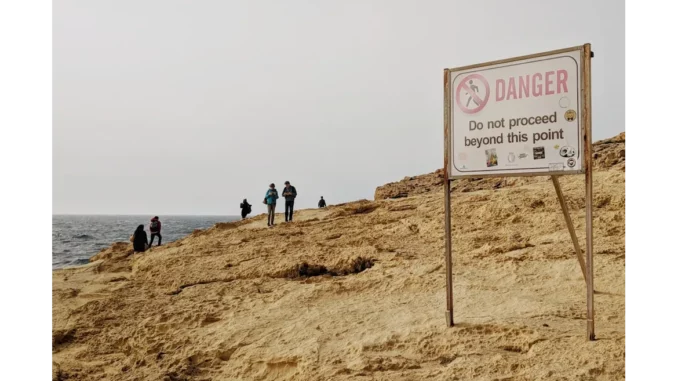
In a recent discussion with James Thornton, a senior geotechnical engineer at GreenWave Energy, the implications of the British Geological Survey’s (BGS) newly released seismic hazard maps were brought to light. These maps represent the first comprehensive update in over two decades and are poised to significantly influence the planning and construction of offshore energy infrastructure in the UK. James’s insights underscored the transformative potential these maps hold for the sector.
Ensure your development is safe from flooding. Learn how Focus360 Energy can help.
“The moment I learned about the updated maps,” James began, “it was evident that they could fundamentally alter our approach to offshore projects. Our previous seismic models were outdated, and technological advancements have since provided us with much more sophisticated tools.”
The new seismic hazard maps offer an in-depth analysis of earthquake risks within the UK’s Exclusive Economic Zone (EEZ), a crucial area for offshore energy production. These maps are intended to aid engineers and developers in understanding the seismic activities that could impact critical infrastructure, such as wind farms and carbon capture facilities.
James elaborated on the limitations of the previous models. “Back then, our data was sparse and lacked the precision we have today. Advances in technology and data collection now afford us a much clearer picture of the seismic risks we face.”
Dr Ilaria Mosca from BGS has played a pivotal role in developing these updated maps. She emphasised the necessity of understanding these risks for designing structures capable of withstanding potential earthquake damage. This knowledge is particularly vital as the UK progresses towards its net zero targets and expands its offshore renewable energy infrastructure.
James concurred with Dr Mosca’s assessment. “Her work has significantly highlighted the importance of these risks. The UK experiences around 200 to 300 earthquakes annually, most of which are minor. However, it’s the larger quakes, such as the 5.2 magnitude earthquake in the North Sea last year, that require our preparedness.”
He further detailed how the new maps would impact the planning and construction phases of offshore projects. “With these maps, we can identify areas more susceptible to seismic activity and plan accordingly. This enables us to design more resilient structures and ensure construction in the safest possible locations.”
One of the most promising applications of the new maps is for carbon capture and storage (CCS) sites. James explained, “CCS is a vital component of our strategy to reduce carbon emissions. However, these sites are particularly sensitive to seismic activity. Ground shaking from an earthquake can seriously compromise the integrity of a storage site. The new hazard maps allow us to identify the safest areas for CCS and design our facilities to mitigate potential damage.”
Accurate hazard assessments are crucial, especially when it comes to protecting both the environment and the workforce. James emphasised that at GreenWave Energy, safety is paramount. “Our foremost concern is the safety of our team and the surrounding environment. These new maps provide the critical information needed to make informed decisions and ensure our projects are as safe as possible.”
As our conversation concluded, James reflected on the broader implications of the BGS’s work. “It’s not solely about constructing safer structures. It’s about contributing to a sustainable future. By reducing the risk of seismic damage, we are bolstering the resilience of the UK’s offshore energy sector, thereby supporting our net zero goals.”
The seismic hazard maps from the British Geological Survey mark a significant advancement for the UK’s offshore energy industry. They deliver the detailed and precise information necessary to plan and construct safer, more resilient infrastructure. As James Thornton and his colleagues at GreenWave Energy move forward with their projects, they do so with enhanced confidence in their ability to tackle the challenges posed by seismic activity. This progress paves the way for a more sustainable and secure energy future for the UK.


Be the first to comment